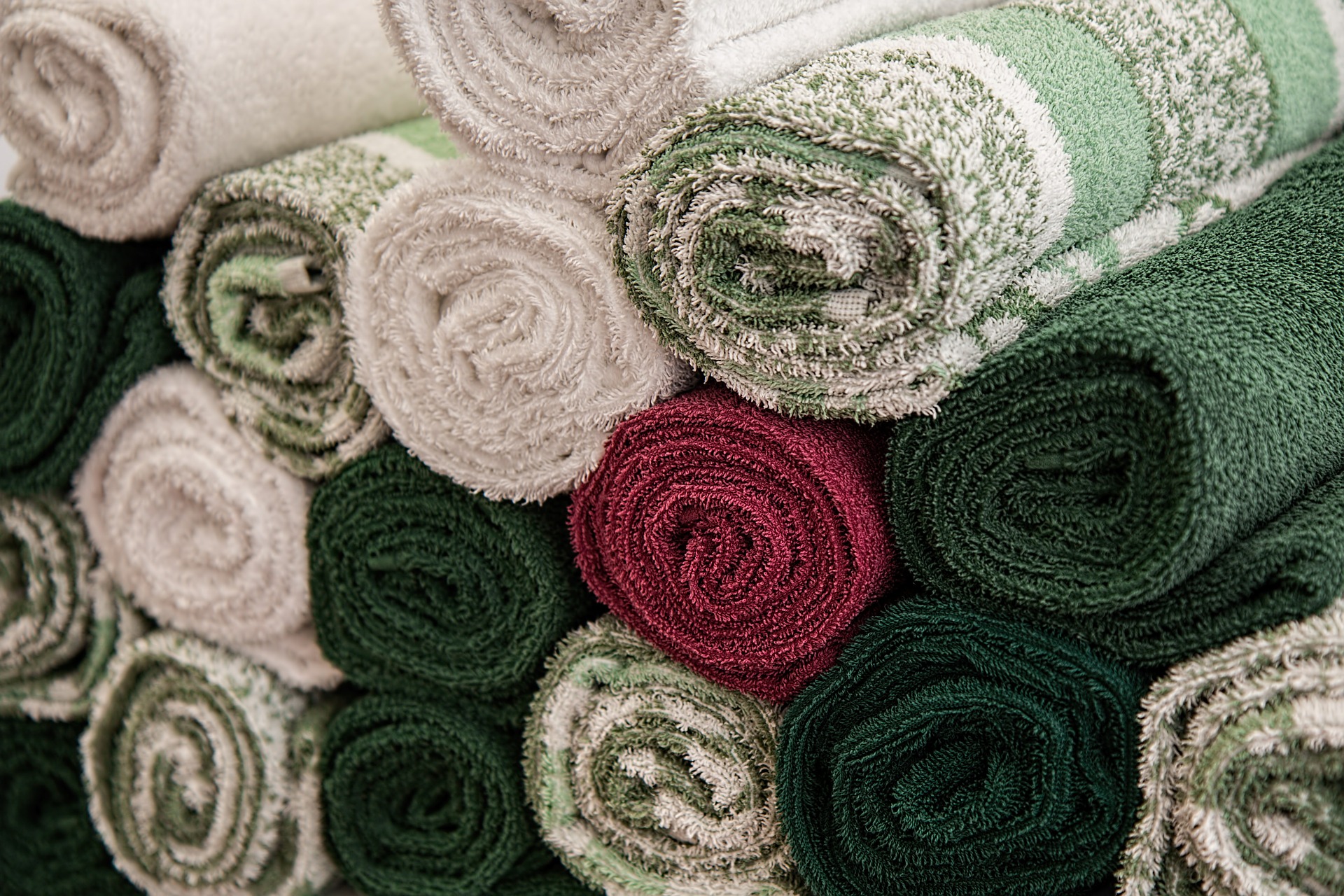Often people do not realize that going green doesn’t necessarily mean having to spend a lot of money on environmentally green products. It doesn’t even mean having to drastically change your lifestyle. What it means is doing whatever you can to help out the environment. There are many ways consumers can practice saving money tips and go green at the same time and it is a lot easier than people think.
For starters, the way people should view being able to practice environmentally green living is by making small adjustments to their way of life. This could be as simple as producing less waste for the environment.
Green living could also encompass buying produce, such as fresh fruits and vegetables from certain places. By following these simple ways to help out the environment, consumers can also practice saving money tips.
How to Save Money and Adopt a Green Living Lifestyle
Organic Wholesale Produce at Farmer’s Markets- Consumers can save quite a bit of money over the course of their lifetime if they shop for their produce at the local farmers market or public markets. Often the produce is fresh and picked daily. Organic wholesale produce is also very inexpensive. Consumers can save anywhere from 50%-75% by shopping for their produce at these markets.
Use Recycle Bins- The more people that practice good recycling habits the better off the environment will be in the years ahead. Buy 2-3 recycle bins and separate all the necessary items such as paper, plastics, and cardboard.
Go Green with Financial Statements-Take environmentally green living to another level and ask for all bank statements and credit card statements to be sent via email. This will prevent extra waste from being produced and help out the environment in many ways.
Use Energy Efficient Bulbs- If a home has plenty of windows then less electricity will be used within the home. According to HomeDepot.com, investing in products such as energy efficiency bulbs can help consumers save money on their utility bills and reduce greenhouse gas emissions. Try replacing old light bulbs with newer energy efficient bulbs. Many of these provide a good amount of light, yet use less electricity. These are also very inexpensive so consumers can also practice money saving tips.
Make Homemade Natural Cleaners- Nothing is more annoying then unpleasant scents in the home. Not only are many home cleaners purchased in the store hard on the sense of smell, but they also irritate sensitive allergies and can cause breathing problems. Making all-natural cleaners from scratch is a great way to protect the family from harmful chemicals when cleaning and disinfecting the home. These are very easy to make, include simple ingredients and are very inexpensive. Adopting a green living lifestyle doesn’t mean having to make huge sacrifices to help out the environment. People can make a difference in the environment by making small adjustments to the way they live. Buying organic wholesale produce from the local farmer’s market helps support local agriculture farmers and is also a great way to save money on fresh fruits and vegetables. When consumers use recycle bins and recycle paper, plastics, and cardboard it helps to prevent extra waste from being produced. Replacing regular light bulbs with energy efficient bulbs can help reduce cost on utility bills and helps prevent greenhouse emissions. Green household products, such as homemade natural cleaners help reduce breathing problems and are great for the environment.
By using some, or all of these tips, consumers can feel good about helping the environment and practice saving money tips.
Sources
Home Depot Website, Energy Efficient Information, http://www6.homedepot.com/ecooptions/index.html?cm_mmc=Thd_marketing-_-Eco_Options_Site_07-_-Vanity-_-Home
Vianesa Vargas of Take Care Project Inc brings wellness products to help busy moms to be their very best. Find informative exercise/nutrition tips and articles on a wide range of topics for mom on Vianesa’s Transforming the Balanced Mom Blog [http://www.takecareproject.com/User-Blog.aspx?uid=D501D208-20EF-4AED-9A4F-0D4E947F6CCB] and [http://www.takecareproject.com/]. Drop by Facebook to see the weekly Q&A call schedule. Don’t forget to sign up for the Take Care newsletter – filled with information moms won’t see anywhere else.
Article Source: https://EzineArticles.com/expert/Vianesa_Vargas/381486

Leave a Reply